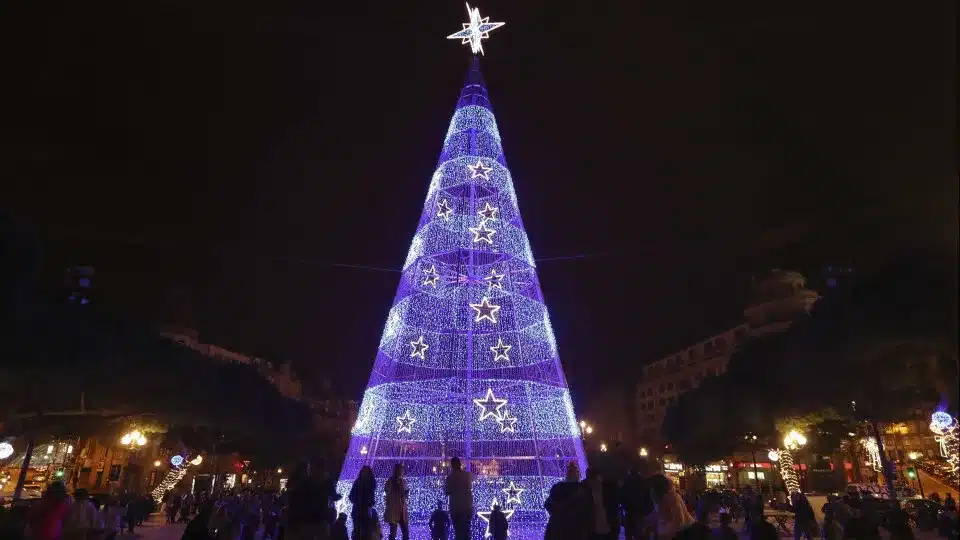The canopy that remained in Lisbon’s Tagus Park after World Youth Day 2023 “will certainly be used for other events” besides Rock in Rio Lisbon, the mayor of Lisbon assured today, without revealing which ones.
“The biggest event we had here was Rock in Rio and it was used for this event. It will certainly be used in other events, but the events have to be very well thought out, events that bring people together, the community and the diversity and openness of Lisbon, and I really want that,” said Carlos Moedas, speaking to journalists on the sidelines of the press conference to mark the 10th edition of Rock in Rio Lisboa, which ends today.
The mayor spoke of the canopy, which covered the altar-palace that welcomed Pope Francis, as “a very important part of the whole park” Tejo.
“We’re obviously going to do some lighting shows here, we’re going to bring associations here, we’re going to bring what Lisbon is, the neighborhoods of Lisbon,” he also said.
Carlos Moedas assumes that “there is often this media focus on the visor”.
The Altar Stage in Parque Tejo was involved in a controversy over its cost, which resulted, in February last year, in the value being reduced from 4.2 million euros to 2.9 million – insured by the Lisbon City Council.
In October, the municipality removed and stored the stage structure “as planned”, telling Lusa that the base and roof (the visor) would be available for “future use”.
Carlos Moedas today downplayed the importance given to the hedge, pointing out that it “is an element of a 30-hectare park – that’s 30 soccer pitches”.
“And it’s a park that’s being lived in by people,” he said.
For the mayor, “the moments that were experienced at Rock in Rio under that canopy, with what it means to think about the future of Humanity, the future of Peace, the future of Diversity, were very special moments and should be treasured”.
During the 10th Rock in Rio Lisboa – which ends today and also took place on Saturday and June 15 and 16 – the Parque Tejo stage is home to a new festival space, the “All Experience”, which consists of an interactive exhibition focused on themes for a better world, created by all of the organization’s under-30 members.
Parque Tejo, which will be partially accessible again from July 15, “is above all a green park”, Carlos Moedas recalled, noting that the space “will have equipment for people, sports equipment, it’s not a park for building bricks”.
“It’s a park for people to enjoy, but it really has a work of art, which is this pala. It’s a work of art that really shows what nature is, because it’s not totally geometric, with the bridge, with what water is and what nature is, and this combination of factors,” he said.
According to Carlos Moedas, since World Youth Day (WYD), “people are living” Parque Tejo.
“It’s being sustainable, we’re watering with used water. All this was meant to continue and here we’ve had great help, the help of Rock in Rio with the infrastructure. We’re now going to continue working with architects, so that there’s more lighting, so that there really is a park that has life,” he said.
Carlos Moedas recalled that “many didn’t believe” that Parque Tejo would have a post-WYD life.
“They said we’d hold WYD here and then everything would be abandoned. No, this is living and it’s a city. We’re going to continue to make a city with events, but very few. The events here have to be very striking. It’s Rock in Rio, very specific events. But above all it’s a park for people. That’s what people asked us for: more green city, and that’s what we’re going to bring to the people,” he said.
WYD in Lisbon, which took place between August 1 and 6, brought together around 1.5 million young people in Parque Tejo for a Mass and a vigil, with Pope Francis in attendance.









